Do you get stressed as an educator about your current childcare sleep and rest routines?
When the cries of “I’m hungry” and the number of tired tantrums begin to increase....maybe you feel your shoulders tense as you wonder how you're going to get through the next 2 hours with your sanity intact?




If any of that sounds familiar to you then keep reading as today I’m giving you 5 different strategies you can use to create a calmer transition to sleep, rest or relaxation for all children.
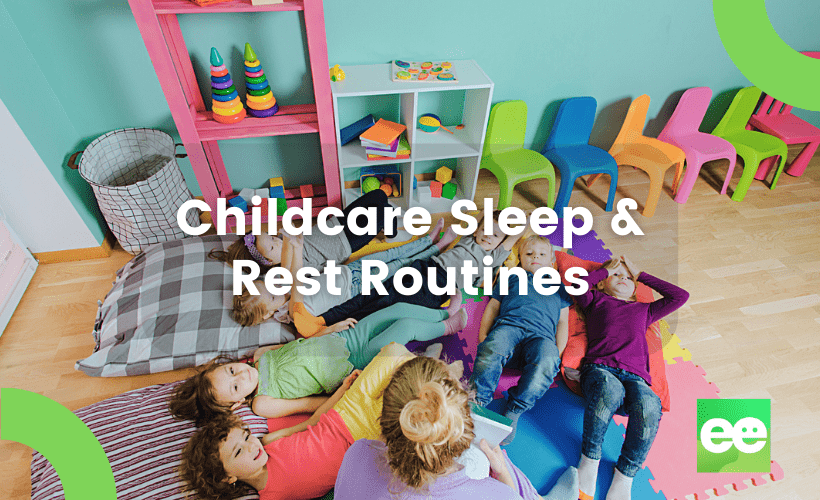
In early learning environments we want to create opportunities that support children to meet their individual sleep, rest and relaxation requirements. We want children in our care to feel happy, refreshed, rested and ready to engage in the afternoon activities fully... and the best way to meet that goal is to have a clear routine in place with lots of easy to understand cues that provide familiarity, trust and a calmer atmosphere to rest in .
In reality, that is often easier said than done of course - I’ve been setting up for rest times in home, occasional and centre ECE environments for over 30 years now so I KNOW it’s not all sunshine and roses or that a routine will ensure everyone magically sleeps…or even that you’ll get your full lunch break each day 
However, I’ve made sure this post is packed with realistic ideas and tips to help you create a less stressful Rest & Relaxation rhythm (for educators and children!) that is easily tailored to the age of children you have in care and your early years service type.
So let’s get those childcare sleep and rest routines sorted (and you looking forward to rest time again instead of fearing it!) with these 5 simple strategies.
5 Ways To Create Calming Childcare Sleep & Rest Routines
1
Consult, Communicate and Collaborate With Families
To ensure consistency and a regular, stress-free rest and relaxation routine for each child, ongoing, respectful communication and the formation of a strong partnership with families are essential.
This can sometimes feel a little overwhelming because every child and every family will no doubt vary in their preferences, expectations and cultural norms in some way...even if you work with children all the same age.
For this reason, I always encourage educators to think about how they will react or respond to a parent or carer who comes to you with a request or demand that is very different to your service philosophy and current safe sleep practices.
Consider how you could remain sensitive to a family's values and beliefs while balancing the sleep and rest practices and standards... and always keeping the child’s safety as your first priority.
At some stage in your early childhood career, you WILL have to participate in one of those challenging conversations we all try our best to avoid, but if you reflect on these types of questions and scenarios ahead of time and put clear and consistent parent communication systems in place right from enrolment day, you’re more likely to navigate a way through them confidently.
Trust me when I say you don’t want to underestimate the effectiveness and confidence that establishing a simple 2-way communication process will bring. It’s worth your time.
I find it helpful to use a ‘room orientation & goals’ type resource or checklist that can be completed with parents to collect essential information. Keep it simple to complete and think about how you will actually use the information you receive from the questions you ask.
Your goal is to collect information that will help you to meet each child’s individual sleep, rest and relaxation needs.
At the same time, this orientation/family goals exercise also gives you the perfect opportunity to clearly explain what is feasible within a group care environment and also required as part of your service regulations and policy.
If you need some help collecting this information or using regular communication processes to inform your future planning, you’ll find step by step templates to set up consistent yet simple communication and collaboration strategies with families, conduct a smooth orientation/welcoming routine that will invite a sense of belonging and simplify those planning cycle steps in the Empowered Ed Planning Cycle & Communication Resource Guides.
Working with babies and toddlers? You’ll find this Guide with Templates helpful.
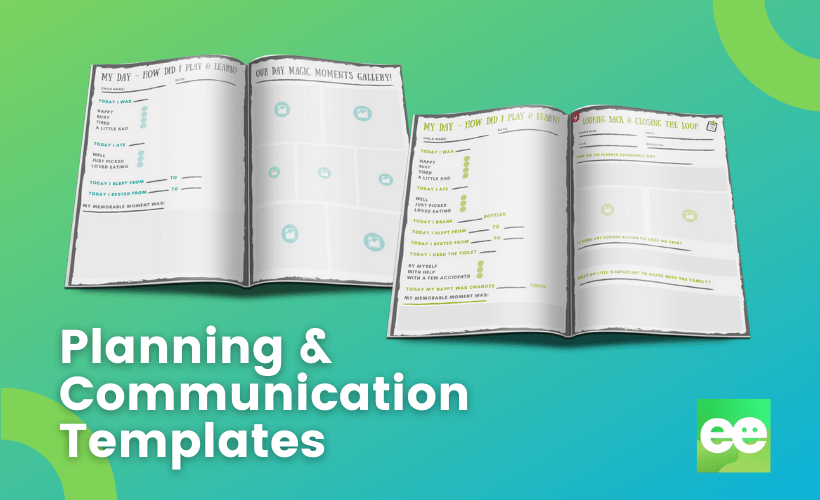
Aim to make your job easier by being clear and consistent right from the start so you can get awkward conversations out of the way and move forward in the child’s best interests.
Some other strategies you might find helpful...
Ask about comfort items or favourite bedding used at home and ensure parents know they can bring it into care to help reduce anxiety. I like to encourage their use only during rest time or relaxation times, however, this is always flexible depending on the child. Never make a child feel ashamed if they still cling to a comfort item or ask them to ‘share’ their special thing with others.
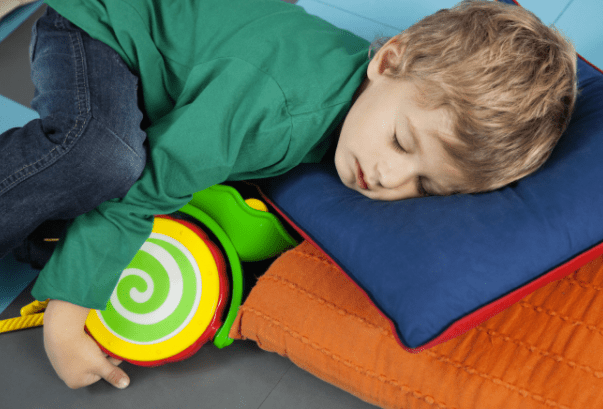
Ask how the child currently transitions to sleep time at home. Is there anything that they do consistently that would also be appropriate in the care environment to help their child feel supported? Do they usually listen to music or white noise, like to see an adult close by?
Show understanding if a parent requests for their child not to sleep - explain rest requirements in ECE and how you can work together on some alternative solutions.
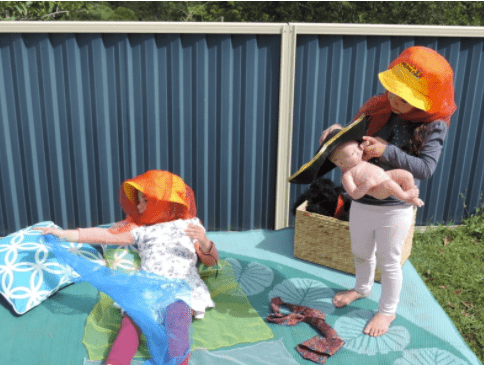
Use your orientation process to explain to parents your current rest and relaxation routines and policies. Show photos of how the children participate in different ways as individuals.
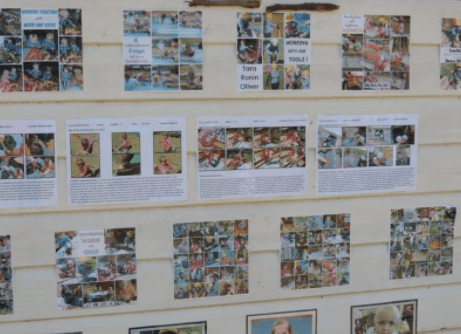
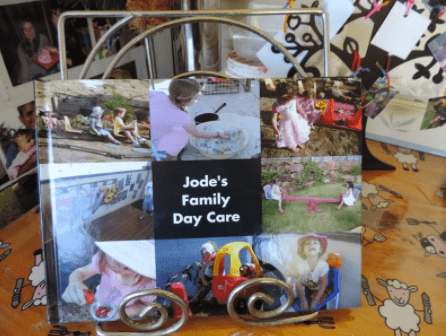
Don’t forget to involve the children - even if they are only toddlers! Communicate expectations clearly with each child about what ‘rest time’ at your daycare/childcare service means and what will happen. We talk about ‘topping up our fuel tank’ like robots who need more energy to keep playing the whole afternoon. A little rest now means your body will be ready to go for more play later!
Have a process in place to regularly connect with the parents of babies and toddlers regarding their current sleep routine as they can change quickly at this age. I like to use daily ‘my day’ communication forms, emails, books or whiteboards to ensure we communicate even if not there to greet them in person early or late (if you are a family day care educator you’re always there obviously 
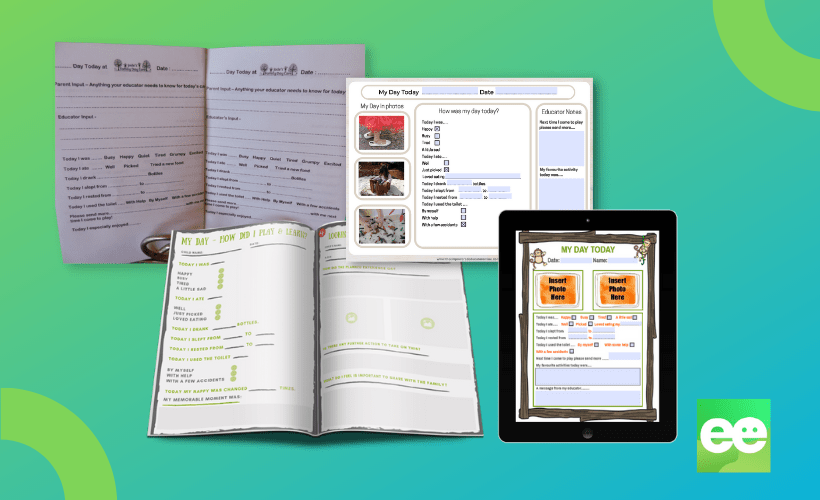
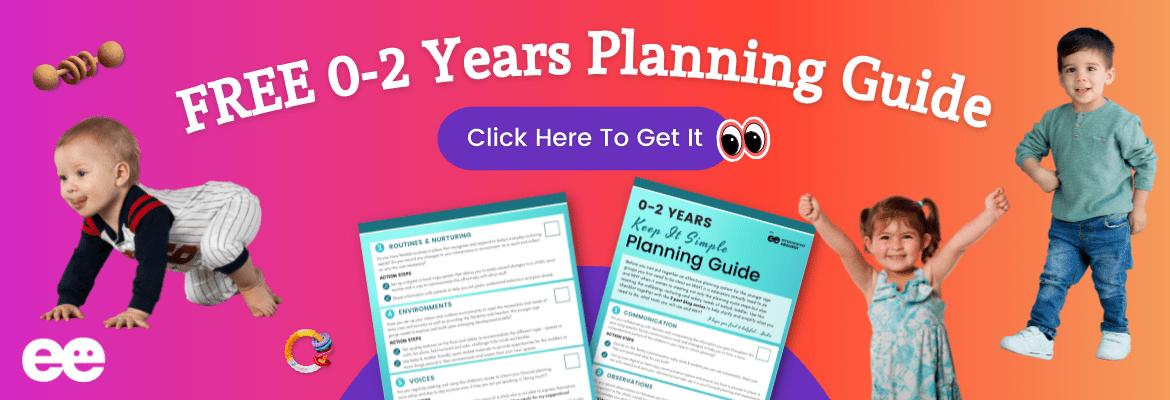
2
Setup A Familiar Relaxation & Rest Routine
Do you begin your transition to rest time after lunch, just before or while still playing?
If you feel a sense of overwhelm or dread as you approach rest time each day you might not be allowing yourself...or the children, enough time to prepare.
Instead of starting music or stories right before bed or after lunch, think about what you include in your program an hour before lunchtime and up to an hour after nap time ends.
Allowing more time for children to calmly begin the transition to winding down, eating, then preparing their bodies and minds to relax before finally getting to the sleep step means less stress and anxiety for you and the children...and a more productive rest time for all.
When you make this a consistent daily process beginning and ending around the same times each day with a similar series of activities/movements it helps children to feel secure and aware of what is coming next.
You are essentially giving children the cues they need to prepare physically and emotionally for the transition and what’s expected of them.
You might have already incorporated a few of the following strategies into your current rest and relaxation routine, but if you'd like to tweak what you do at the moment (or even setup an entirely new routine), I hope you find these suggestions helpful.
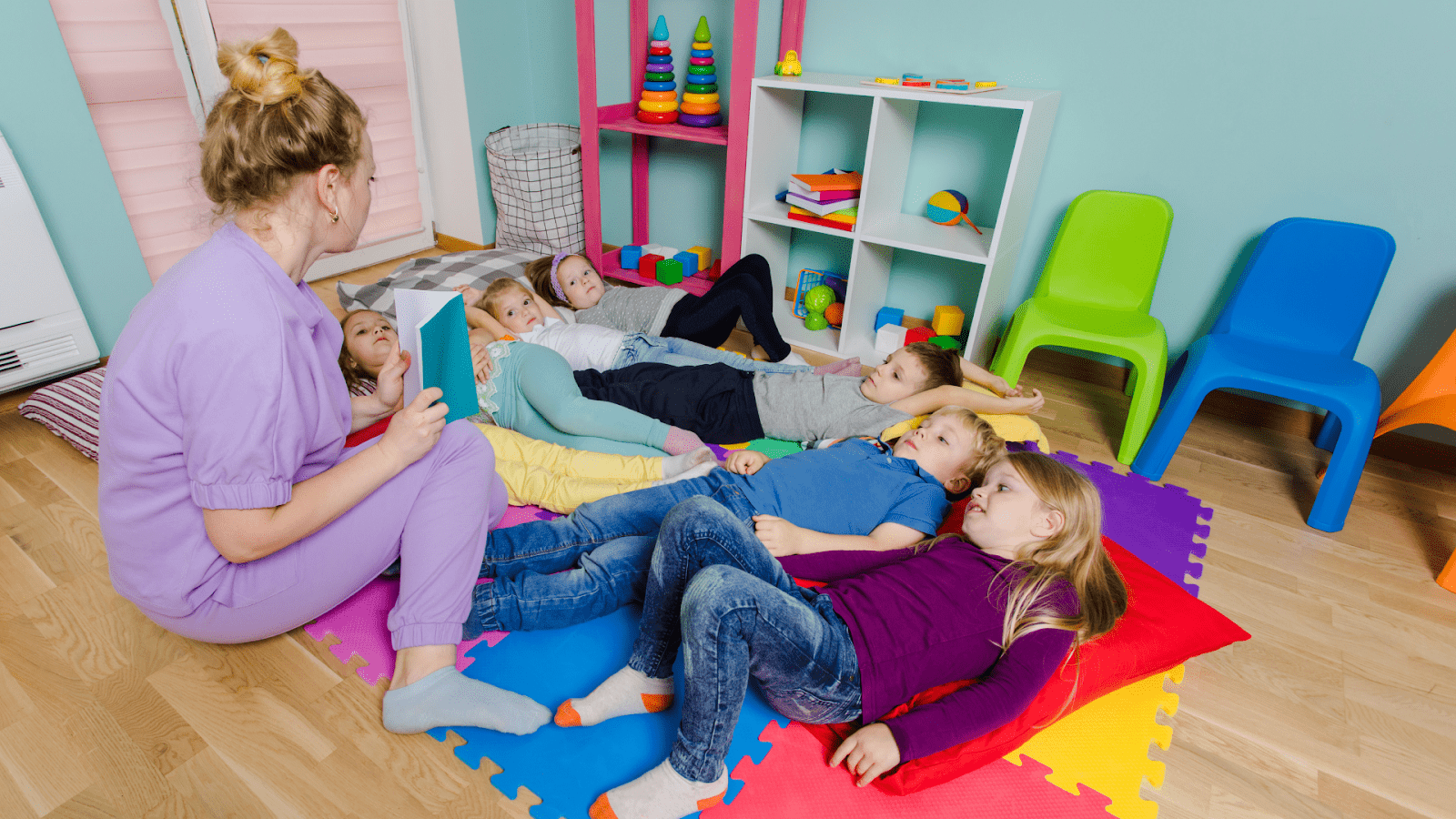
3
Arrange Your Rest Time Environment To Calm & Empower.
One of my key strategies to support a stress-free rest time is to focus on setting up the indoor (or outdoor if you choose to sleep outdoors) environment to provide a familiar and easily recognisable transition while also fostering a sense of security and trust. Some ideas for you to try:
Setup various ‘quiet and cozy’ spaces throughout your environment indoors and outdoors that children are able to visit any time they need to self regulate, escape from noise, look at a book or just to feel safe with a sense of belonging.
Adding these elements into your environment also ensures children are used to experiencing quiet moments and finding a space even when it’s not ‘sleeptime’.
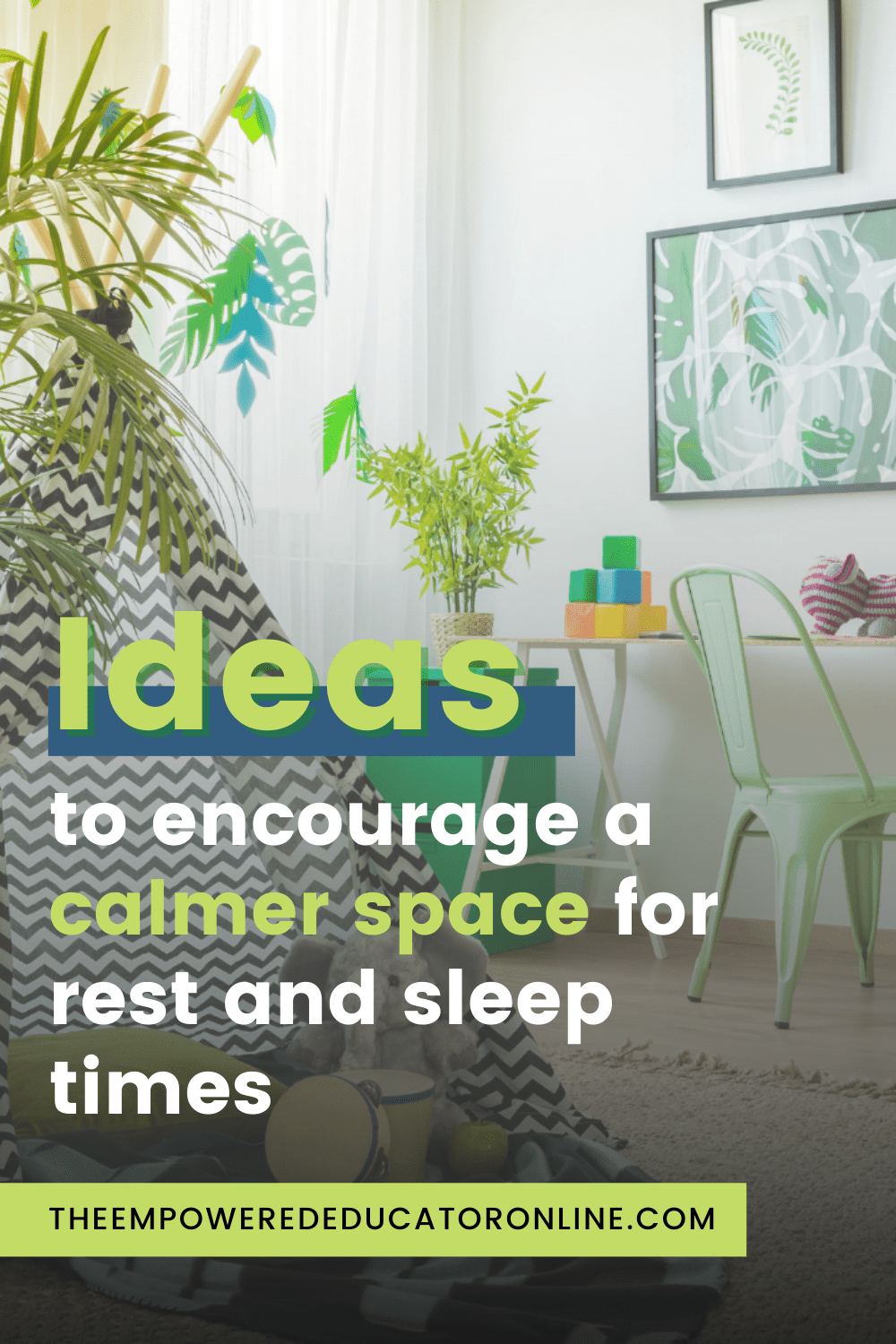
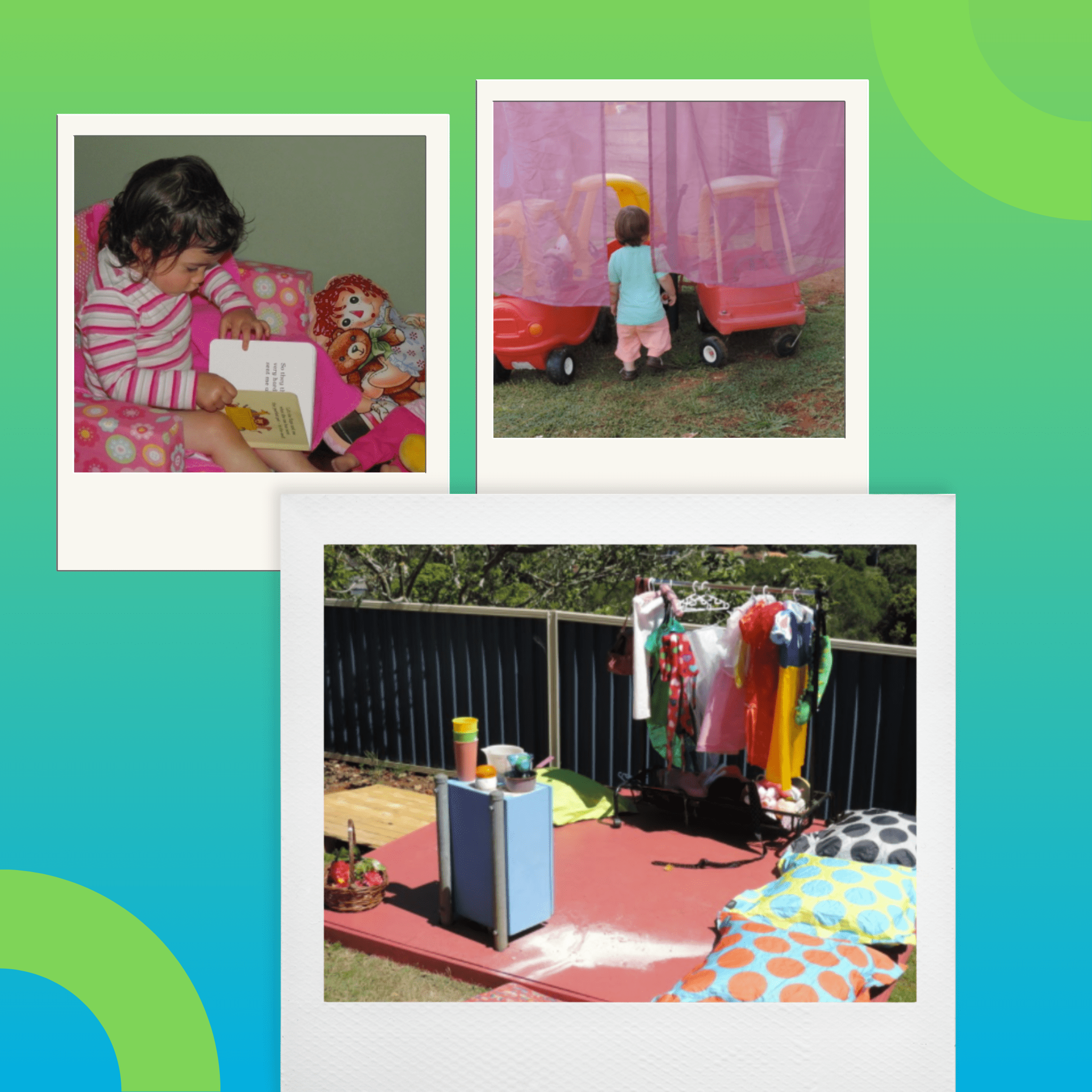
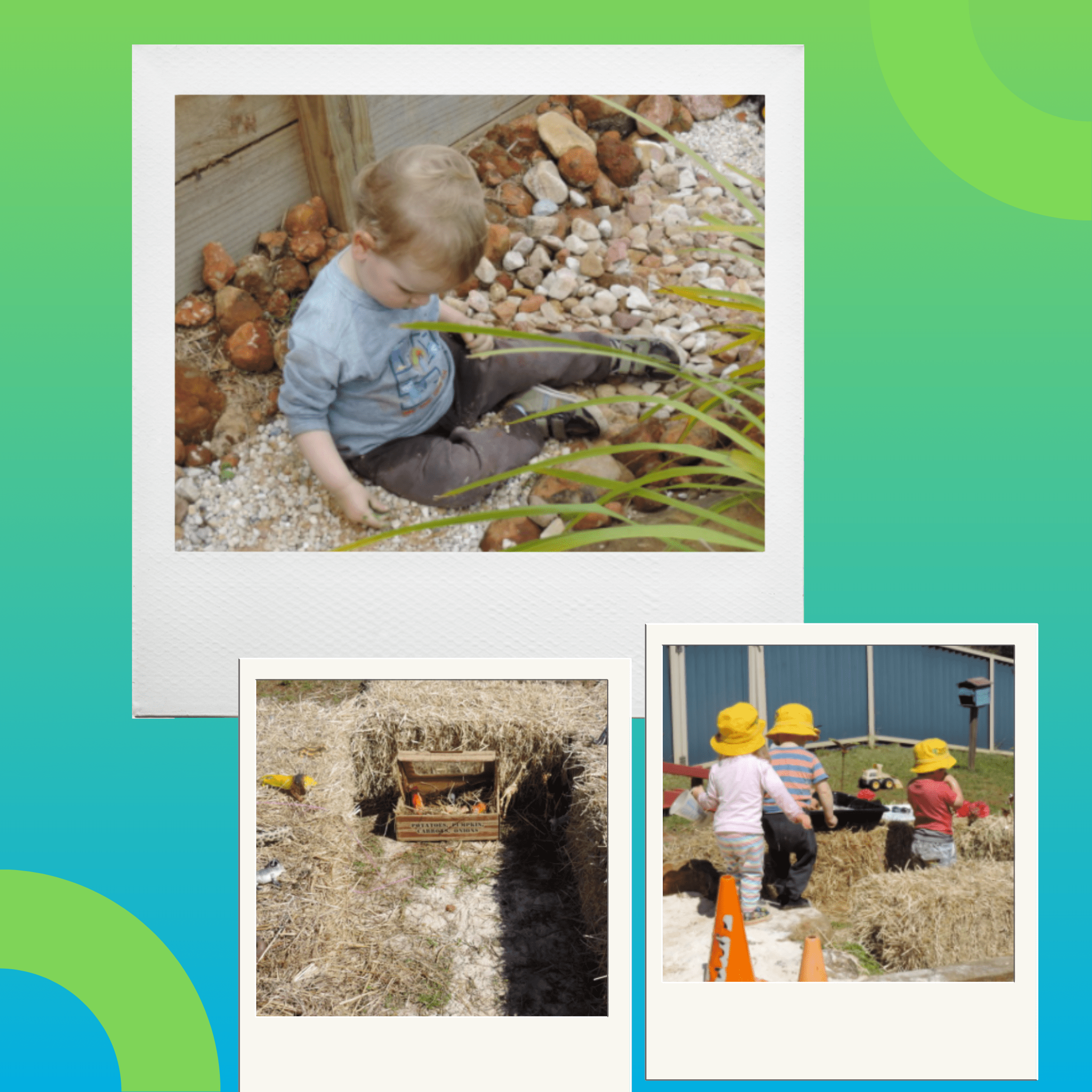
Think about incorporating some sensory bean bags (we love ours from Noomi - I even have my own because they are so comfortable and like a big security blanket - especially useful for children with sensory processing challenges).
Soft cushions, mattresses, doona covers filled with foam offcuts and soft blankets also work well and all are easily washed. You’ll find more ideas and some cozy environments and reading areas shared by other educators here.
Try to arrange your furniture so that you create a cozier enclosed space to invoke a feeling of security and also minimise distractions while still maintaining clear supervision at all times. For example, I like to turn around the puzzle/toy shelf to face a wall if on wheels or even hang a sheet or set up cushions in front so it not only creates a cozier space...it also sends a clear signal that its time now to rest and relax, not play.
Drape coloured sheer organza or similar over fishing line, lights or some furniture to soften the area as you set out beds.
Turn on a string of fairy lights, a light projector or night lights around the rest area.
When setting up your room, think about your placement of furniture to create smaller spaces within the room that can easily convert to separate sleep spaces at a different time just by moving a table to the side, putting up a few cushions as barriers to furniture or putting down a small mat on a cold hard floor.
In my family daycare I’d create a ‘sleep pocket’ here for a couple of beds in the home corner area simply by pushing the tables off the mat and draping sheets or blankets over the kitchen and shelving (sometimes I’d just turn them around).
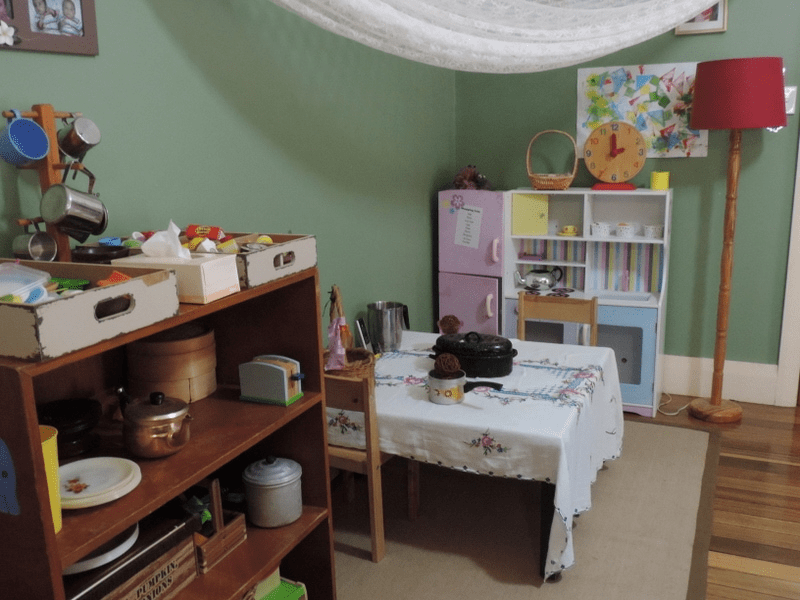
In this image below shared by Educator Sarah Hart you can see lots of smaller cozy ‘pockets’ that could be easily converted into sleep pockets with the addition of a few mats, stretchers or cushions...and still provide clear supervision and access.
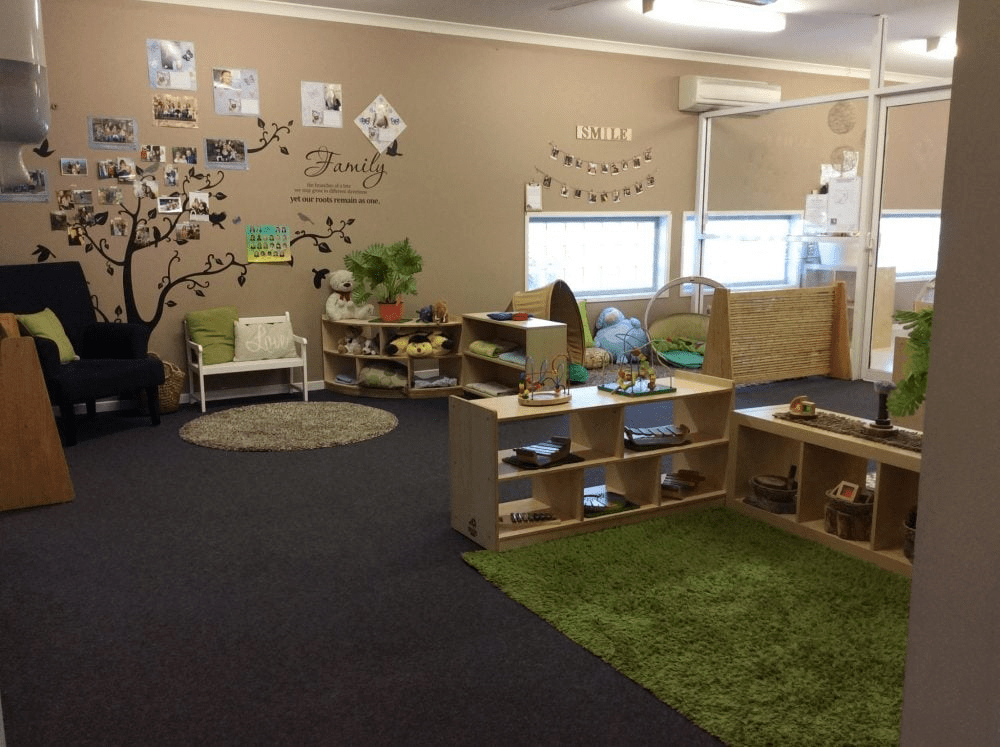
This home corner space from Little Rays of Sunshine Family Day Care could also be easily converted during transition time to a ‘cozy pocket’ for rest or sleep just by moving the table and chairs and throwing a sheet over the ‘playthings’ on shelves etc.
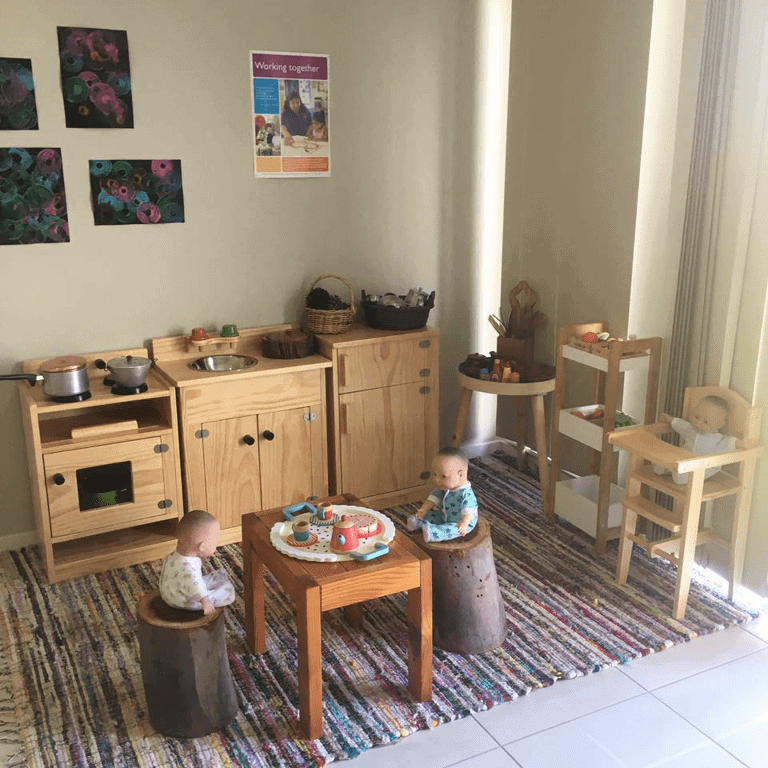
My family daycare reading corner area was quickly turned into a sleep area each day just by pushing furniture back and moving the mat a little - children tend to prefer the consistency of setting up their bed in their same little space each day which is why I try to create lots of little ‘pockets’ around whatever learning space I’m working with.
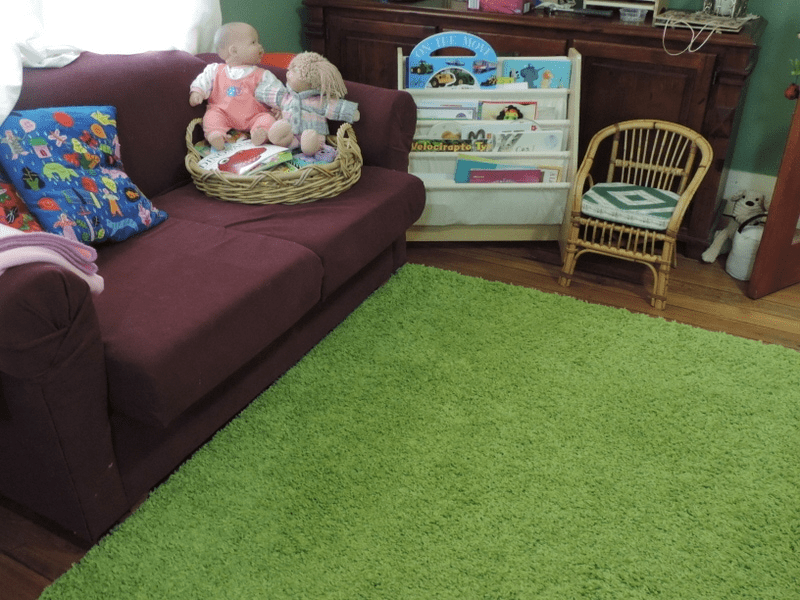
I have practised these strategies for many years in family daycare, occasional and centre based care environments - on my own and within a team so trust me when I say YOU can do this too. It is however, essential to be organised and think ahead. That’s why having a routine becomes the magic trick you always want to have in your pocket.
Rearranging some elements like these each day at restime doesn’t mean you need to find an extra hour in your day to setup - between nappy changes, toileting, feeding, settling, bottles and getting the right comfort items in the hands of the right child I know it can be a stressful time...especially with new children in care or in a multi-age group/family daycare environment with lots of different comfort needs to meet and only 1 of you.
But it can be done when you think ahead and create a routine that works with the time and resources you have available...and the individual needs of the children in your care.

4
Support And Nurture The Sensory System
Sensory integration and processing is an important step in helping children to prepare their bodies and minds for rest or sleep without feeling anxious or afraid.
You can find more information about how educators can support children with sensory processing challenges in this blog post series.
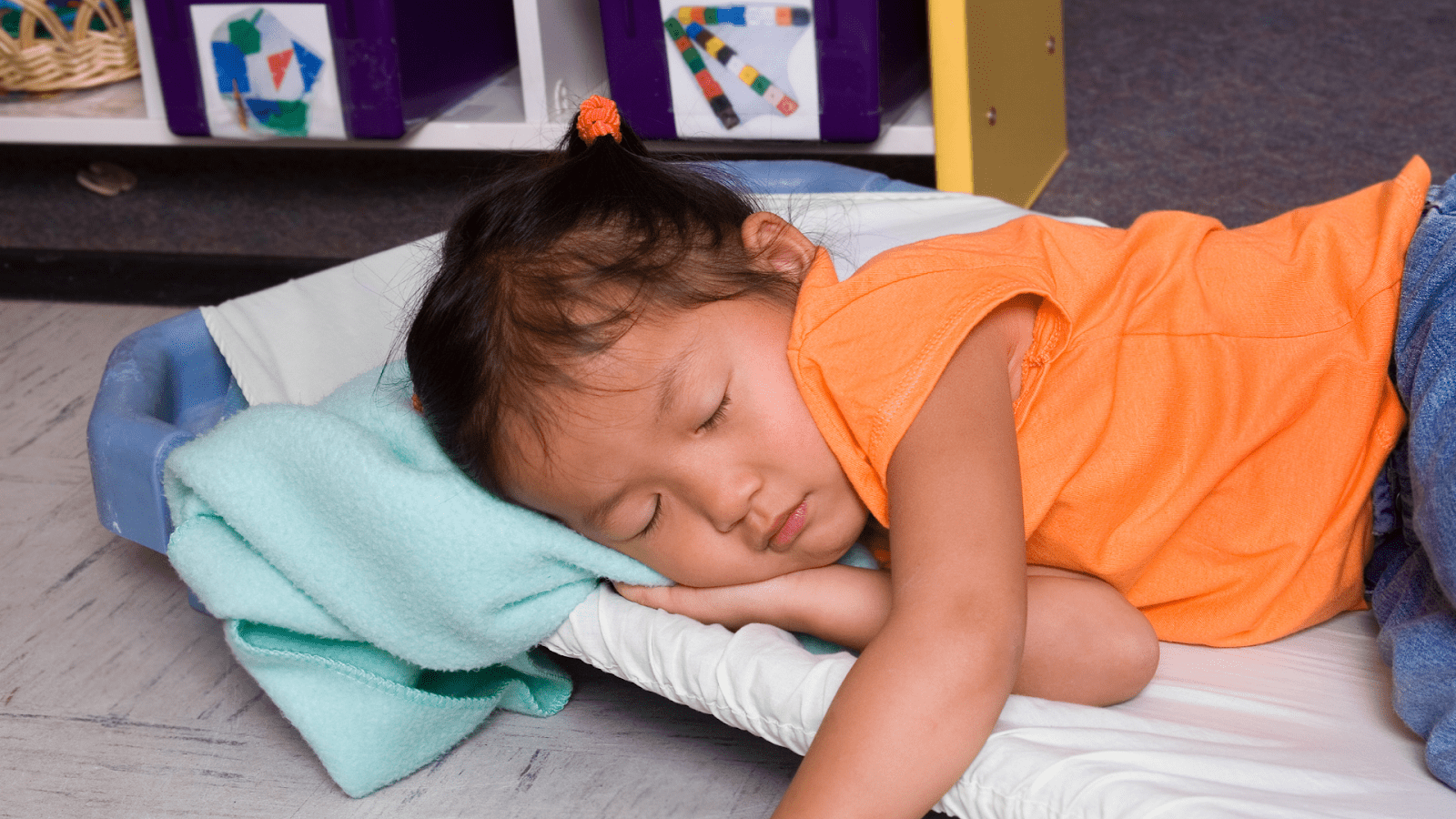
Consider including some of these tips in your transition to nap time routine.
5
Recognise & Plan Ahead For Individual Needs
Keep your expectations realistic by recognising that a child’s sleep needs will vary from day to day just like we as adults experience.
This is why having a system in place to regularly communicate and collect information from your partnerships with families will make rest/nap time easier for you.
2 Sanity Saver Strategies For Children Who Don’t Sleep At Childcare
Part of meeting sleep and rest requirements in early childhood settings is to find ways you can support each child with their individual needs...and I know that sometimes that has you ready to run and hide in the craft cupboard with a box of chocolate...I’ve certainly been there.
Rest time can be stressful so cut yourself some slack and keep building on your toolbox of coping strategies while keeping those expectations realistic.
It’s normal that some days will be better than others, that the group dynamics on a particular day make resting difficult for everyone, that sometimes children are unwell or went to bed late the night before and now they’re overtired.
And sometimes you’ll get a day like this and are not sure what you did right (but at least you’ll get a lunch break today)!
Realistically, you’ll tend to experience 2 challenging areas when it comes to children (excluding babies/young toddlers) not wanting to sleep in a care environment.
1
A child is obviously tired but refuses to sleep.
In this case you want to provide a separate safe, comfortable, ‘cozy pocket’ area where this child can relax and not feel pressured to sleep (although they often will drop off when feeling secure in this space).
2
A child who does not seem to need a day sleep or is too anxious to sleep in care.
This is the most common scenario I’ve experienced over the years with children who won’t sleep while others are, so the best way to meet this child’s needs is to provide quiet but engaging activities for them in a dedicated space that will not disrupt the sleeping children as they have the right to their sleep and rest.
I even plan for and add these experiences into my program and get everything set up at the beginning of the day when doing other prep work so I know it’s ready to go and not causing me extra stress at a busy time.
I’m going to give you 2 ideas that my non sleepers have enjoyed over the years (and most importantly don’t require too much planning or setup from me).
I come back to these ones time and time again because they are easily modified for multi age groups, toddlers and preschoolers as well as schoolies in vacation care if needed.

Idea #1 - Quiet Time Helpers
Give children who no longer need/want to sleep ‘important’ quiet tasks to complete with you close by - make sure the jobs are interesting enough to stop boredom and disruptive behaviour creeping in too quickly though.
Some quiet time tasks that have worked well for me over the years with non sleepers are:
Folding the clean facewashers and making ‘towel towers’.
Testing the felt pens to see which ones work and removing the old ones.
Helping to cut up or arrange items for the collage trolley.
Sorting the lost and found items and folding clothing.
Picking out the broken, smaller pieces of crayon and adding to a jar to later melt down.
Dusting the furniture (away from the quiet, napping area).
Watering pot plants
Looking after pets and bedding
Washing the paint brushes in a sink or tub at the table with you.

Idea #2 - Quiet Time Boxes And Bags
For this strategy to work you do want to make sure you have your quiet activities space set up separately to your sleeping area if possible. If you can maintain good supervision why not go outside if you have a verandah area or similar.
I also like to use this time to catch up on some observations and daily parent communication.
At the beginning of each week I take a large storage tub with a lid and add a selection of activities that I’ve planned for use during this quiet time. I sometimes use large zip lock bags to separate some of the craft activities but more often than not I just put everything I know I will need for the week into that tub and bring it out after the other children are given their chance to sleep.
The non sleepers participate in the rest of our rest and relaxation routine steps until that time to keep it fair to all.
I’ve listed a few of my go to activities below to help you get started putting together your own rest time box - I’m sure you can come up with many more, but remember that you want to keep them simple and better suited to individual rather than group play so children can lead the play themselves (they can of course swap around as they finish each one or grow bored). Ideally they will also require minimal support from adults.
Ideas For Filling
Childcare Quiet
Time Boxes
Puzzles of different difficulty degrees
Sticky Walls - contact paper strips stuck to the floor or window (sticky side out) with a small tub of lego/thistle bricks/collage materials.
Treasure/Explorer Baskets to investigate for all age groups - try one of these ideas.
Small Feltboards/Felt Stories/Felt Puppets - If you don’t have your own, simply cover a sturdy piece of rectangular sized cardboard cut from a box, wrap a piece of felt around the card and glue. See how we made our large 2 sided DIY feltboard here.
Measurement Bag - Add a tape measure, ruler, pencils and a few different sized objects children can measure.
Include some blocks so they can create their own lengths to measure too.
Sensory Tub - A few animals or cars, some kinetic sand and pebbles to arrange.
Sticker Murals - Add a few sheets of stickers and some coloured or black paper for children to create their own mini sticker murals. This also works well with the stick on gems too.
I’ve also put together an additional inspiration list for you to explore from around the internet - what could you fill your Quiet Time Box with?
Quiet Activities For Preschoolers from Hands On As We Grow
Cardboard Circle Weaving (Older Children) from Hello Wonderful
Cardboard & Straw Threading from Laughing Kids Learn
5 Bottle Cap Busy Bags from Best Toys For Toddlers
3 Pospsicle/Craft Stick Busy Bags and 7 Ideas With Paint Sample Cards from The Chaos & The Clutter
10 DIY Velcro Activities For Toddlers from LALYMOM
I hope I have inspired you to take another look at your Rest & Relaxation Routine/Rhythm now and take some small steps toward making your transition to sleep time in childcare less stressful.
Do you have a rest time strategy you think other educators would love to know? Tell us about it in the comments below or our Empowered Educator Facebook Group here.

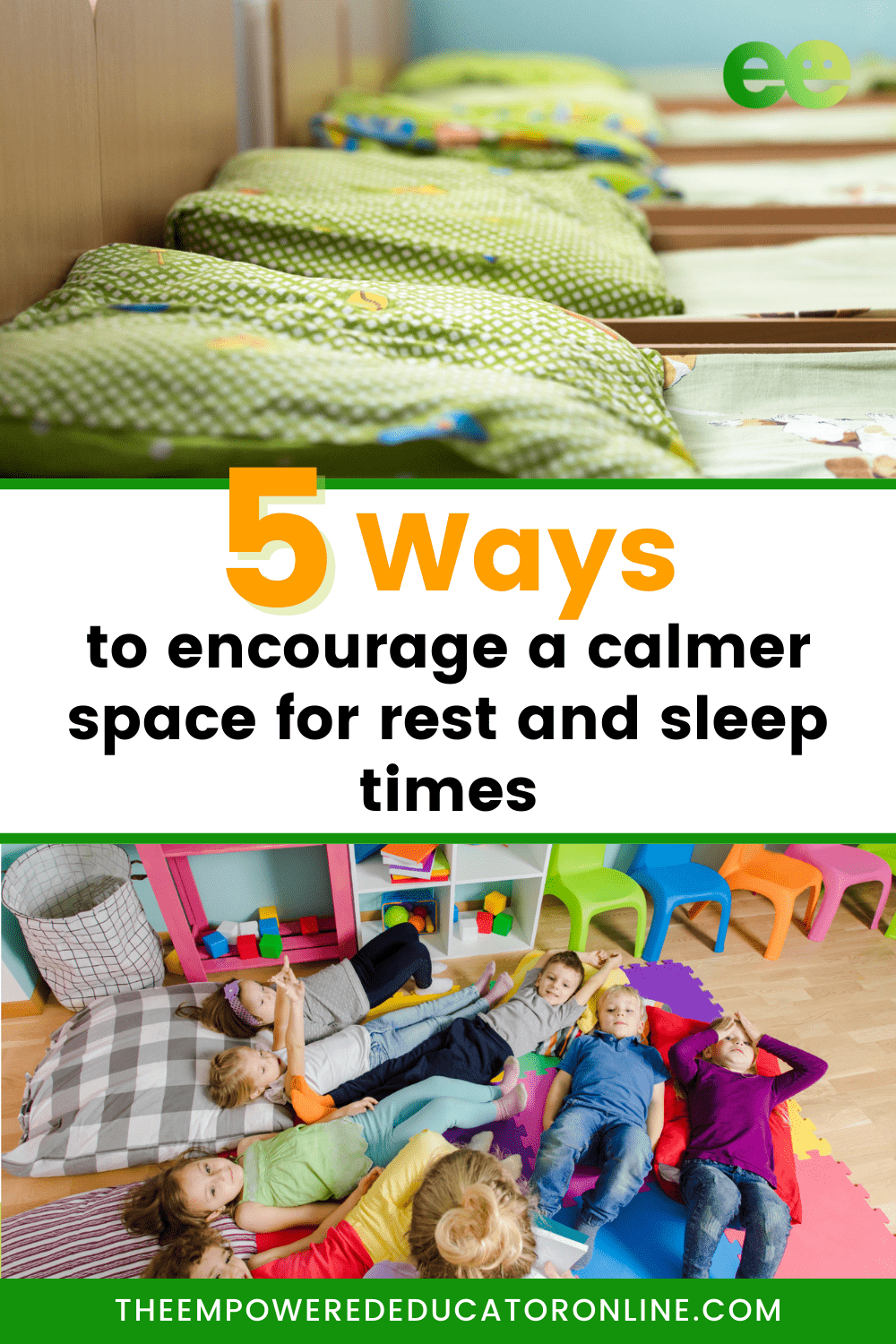
A Little About Me

Jodie Clarke is an early childhood professional supporting educators who want and need to stay passionate about the work they do! She has 30 years hands-on experience in the early childhood and human services sectors across many different roles.
Jodie is mum to 3 in Australia and has already helped thousands of educators with their work through her popular blog posts, activity ideas, online training and e-books.
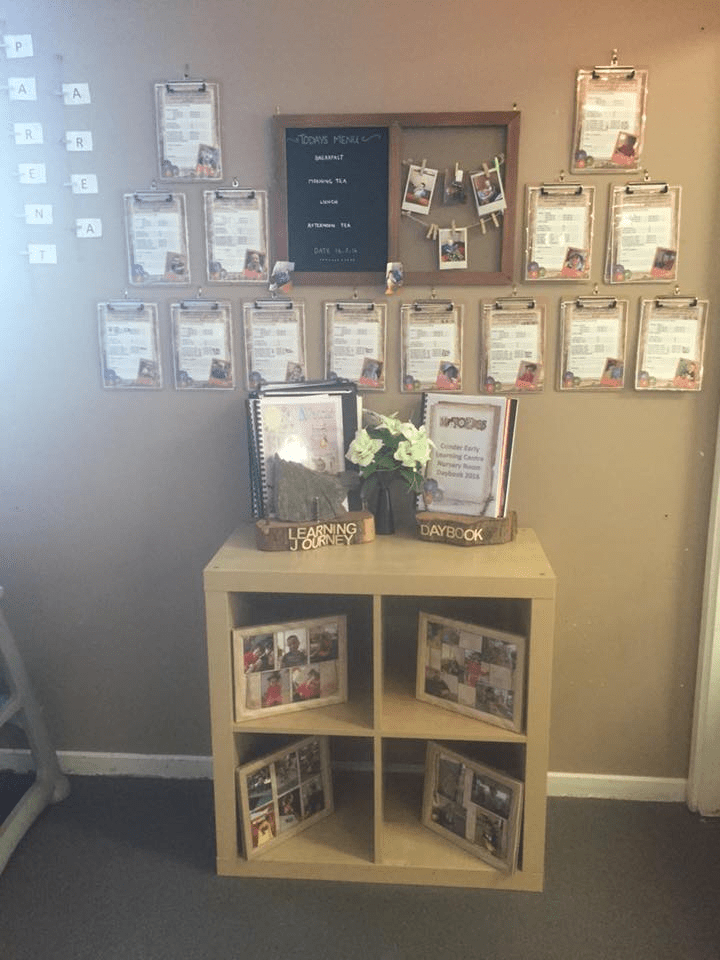
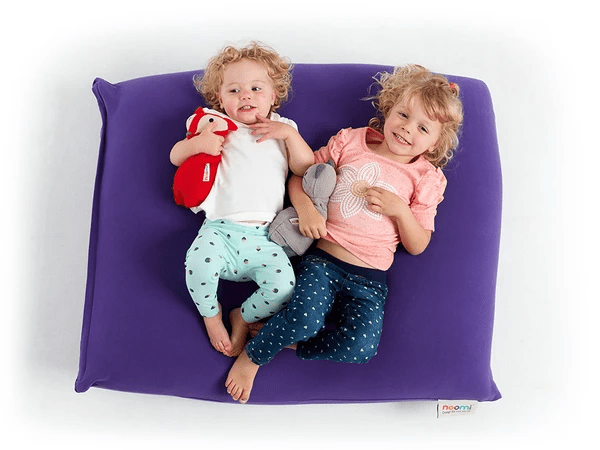
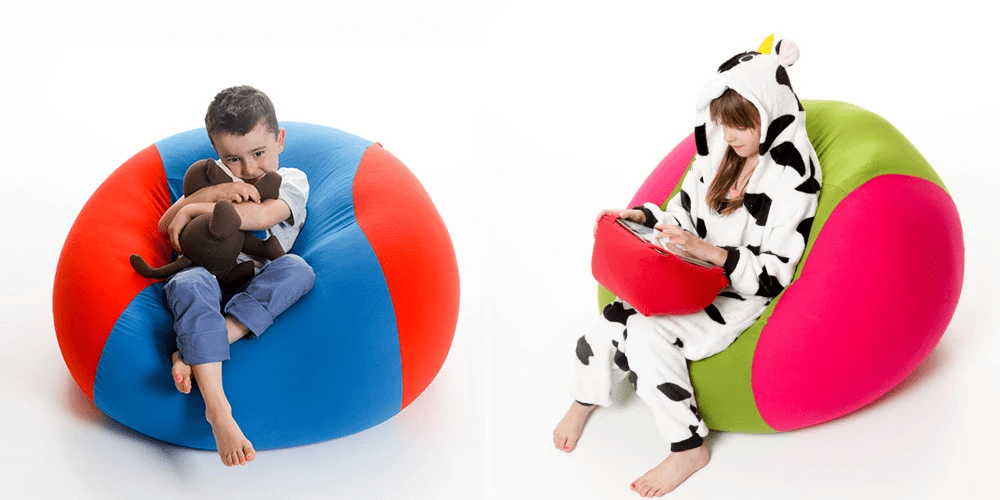


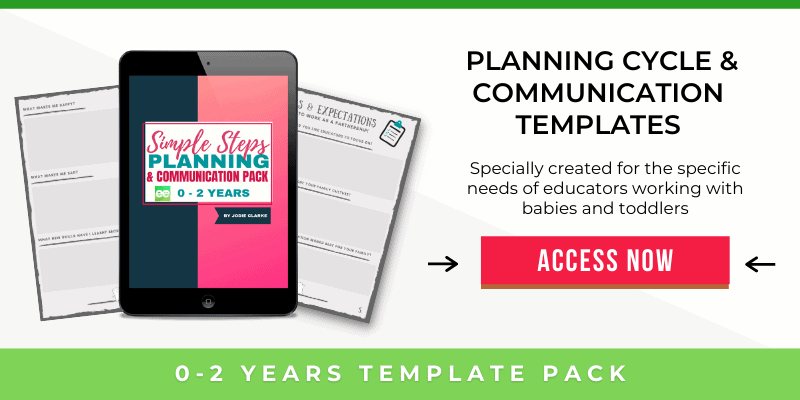
Leave a Reply